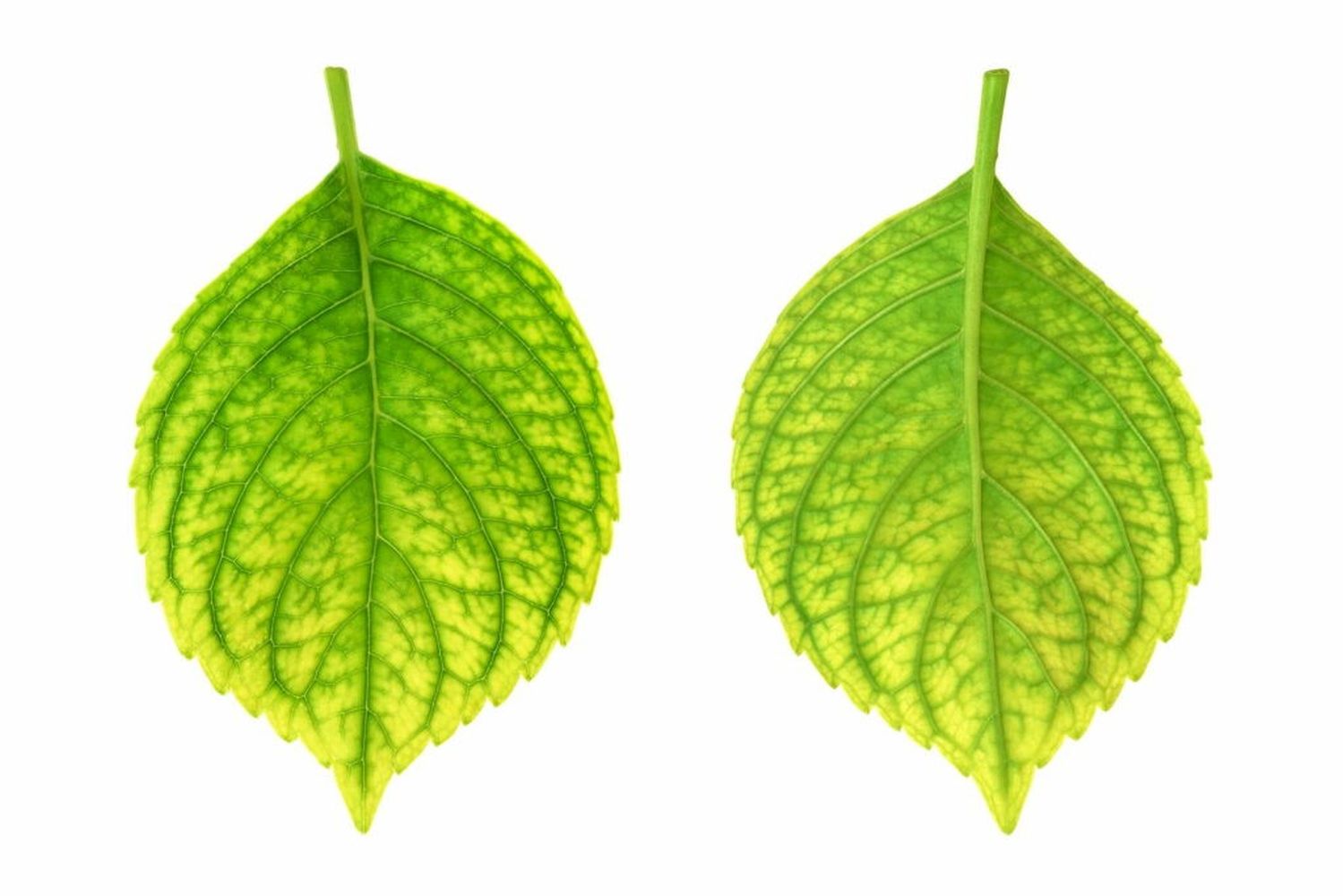A Biased View of Hydrangea Leaves Turning Yellow
A Biased View of Hydrangea Leaves Turning Yellow
Blog Article
The 7-Minute Rule for Hydrangea Leaves Turning Yellow
Table of ContentsThe 9-Minute Rule for Hydrangea Leaves Turning YellowHydrangea Leaves Turning Yellow Fundamentals ExplainedWhat Does Hydrangea Leaves Turning Yellow Mean?How Hydrangea Leaves Turning Yellow can Save You Time, Stress, and Money.
Hydrangea plants are understood for their stunning flowers, but in some cases their fallen leaves can transform yellow. This is generally an indication that something is wrong and the plant requires your aid. There are a number of feasible root causes of yellow leaves on Hydrangeas, and luckily the majority of them are very easy to deal with. Below we'll cover one of the most typical sources of Hydrangea leaves transforming yellow and how to repair them.Hydrangea leaves transforming yellow can be a reason for issue. Hydrangea leaves commonly transform yellow when the plant is overwatered.
When the origins of a plant are immersed in water for lengthy periods, they begin to asphyxiate and rot. This procedure cuts off the origins' oxygen supply, triggering the fallen leaves to turn yellow and eventually die. Overwatering can additionally lead to various other issues such as leaf decline, origin damage, and fungal growth.
If you believe your Hydrangea is overwatered, the best solution is to allow the dirt dry out entirely before watering once more. It's additionally an excellent concept to inspect the drain of your pot or yard bed and make certain that water is not pooling around the plant's origins. Hydrangea plants require well-drained dirt to grow.
The 6-Minute Rule for Hydrangea Leaves Turning Yellow
You should additionally make sure that you are not sprinkling your Hydrangea as well frequently. Watering once a week need to suffice, and regularly if the weather condition is warm and dry. Hydrangea leaves can likewise turn yellow if the plant is not obtaining enough water. This takes place when the plant does not get sufficient water, and the dirt starts to dry.
:max_bytes(150000):strip_icc()/GettyImages-1286441508-16633f72dd07438ba515bfb08157b9da.jpg)
This is understood as "plant food burn," It happens when the plant's origins are revealed to too much plant food. Various other indicators of plant food shed include brownish or yellow fallen leaves, wilting, and stunted development.
This will certainly aid remove any type of excess plant food from the origins of the plant. It's also a great idea to reduce the amount of fertilizer you are using. Fertilizing once a month throughout the expanding season should be enough. If you are making use of chemical fertilizer, it's best to use one that is weakened and applied according to the producer's directions.
Hydrangea Leaves Turning Yellow Can Be Fun For Anyone

If your Hydrangea you can try this out is ravaged with pests, dealing with the plant with neem or gardening oil is the best solution. It's additionally good to eliminate any type of damaged leaves from the plant. You can do this by hand or with a set of trimming shears. It's likewise a great concept to check the plant consistently for pests and remove them as quickly as you see them.
To avoid spreading the condition, make certain to disinfect your scissors prior to reducing any leaves off. Hydrangea leaves can also turn yellow if the temperature level worries the plant. This usually happens when the plant is exposed to severe cool or warm. The fallen leaves of read what he said the plant will turn yellow and start to go down off.
If the temperature worries your Hydrangea, you need to move the plant to a location where it will certainly be shielded from the extreme cool or heat. You can additionally try to give the plant with some partial shade if revealed to route sunlight. You can additionally try adding mulch around the plant base to assist manage More about the author the temperature level.
Some Known Factual Statements About Hydrangea Leaves Turning Yellow
The fallen leaves can also transform yellow if the Hydrangea plant has root rot. This is usually created by overwatering or poor water drainage. When the plant's origins are immersed in water for as well long, they start to rot. Among the most usual origin rot symptoms is yellowing leaves, as the fungi protects against the roots from absorbing nutrients from the dirt.
Check the roots of your Hydrangea if it has origin rot. If some healthy and balanced roots are left, you can try to save the plant by replanting it in a brand-new pot with fresh dirt.
Water the plant carefully, making sure not to overwater it. If your Hydrangea is heavily impacted by root rot, starting with a brand-new plant is best. All-natural reasons can also trigger yellow hydrangea leaves. The most typical cause is the plant's age. As Hydrangeas age, their fallen leaves will gradually transform yellow and brownish before diminishing the plant.
You can aid the plant by guaranteeing it is getting enough water and nutrients. You can also mulch around the plant base to help it retain wetness. There are a number of factors why hydrangea leaves may transform yellow and fall off. Hydrangea Leaves Turning Yellow. One possibility is that the plant is not getting enough water.
Report this page